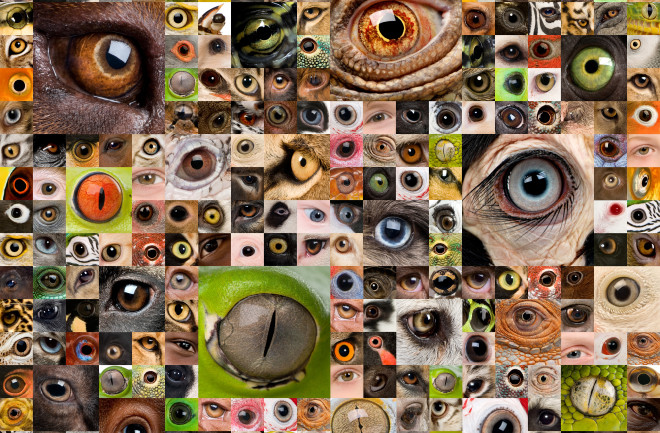On an intercontinental flight several years ago, Harris Lewin decided to find the common ancestor of all complex life on Earth, from slime molds to his fellow passengers. As a professor of evolution and ecology at the University of California, Davis, Lewin knew what he’d have to do to travel back billions of years in evolutionary time and study this enigmatic progenitor: generate a DNA sequence for every species alive today. It would be a worldwide equivalent of the Human Genome Project (HGP), which fully mapped the DNA of our species in 2003.
Lewin took out a pencil to calculate the cost. “I couldn’t believe the number,” he recalls. At $3 billion, the estimate was well within the price range of today’s moonshot science, and considerably less, adjusted for inflation, than the cost of sequencing the human genome in the 1990s.

